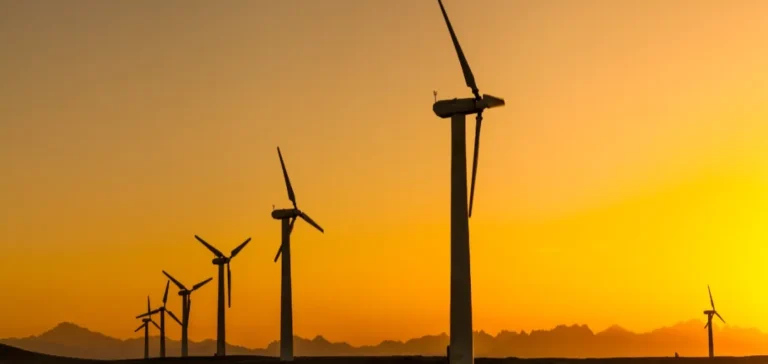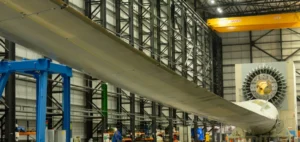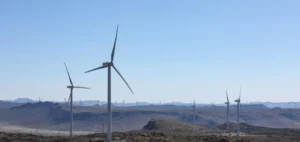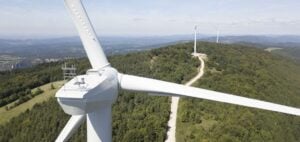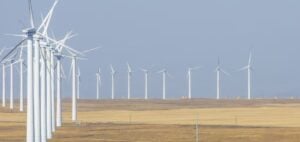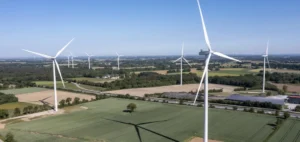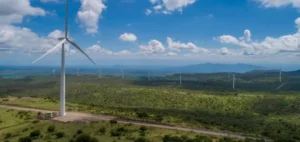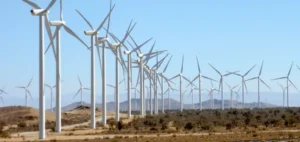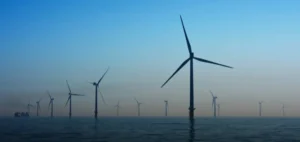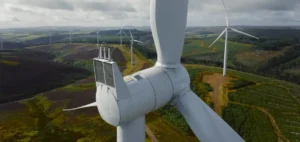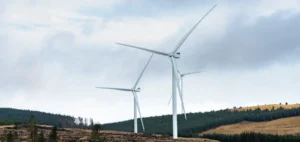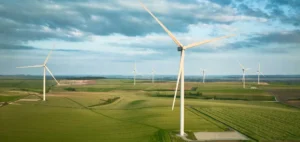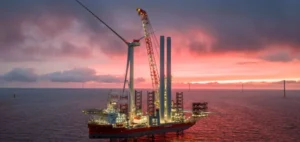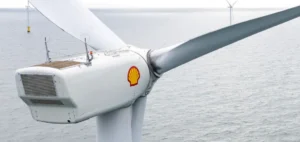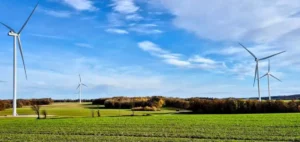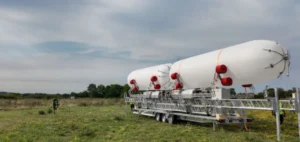Financing of $74.1mn has been mobilised to support the construction of a 200-megawatt (MW) onshore wind farm in Ras Ghareb, Egypt. The European Bank for Reconstruction and Development (EBRD) announced it had coordinated this transaction, with participation from international financial partners. The project is being jointly developed by Infinity Power and Masdar.
The financing includes a $60.7mn senior loan provided by the EBRD, a $3.38mn concessional loan from the Green Climate Fund (Green Climate Fund) as well as a $10mn investment grant. The Japan International Cooperation Agency (JICA) and Proparco are also participating in the financial structure, with the EBRD acting as lead coordinator.
Construction expected to start in the coming weeks
The construction phase is due to begin in the weeks ahead. Once operational, the wind farm is expected to avoid approximately 390,000 tonnes of carbon dioxide emissions each year. This development forms part of Egypt’s “Nexus of Water, Energy, and Food” (NWFE) initiative, which targets 10 gigawatts (GW) of renewable energy capacity by 2028.
The Ras Ghareb site, already known for its energy infrastructure, is a strategic location on the western shore of the Gulf of Suez. The project strengthens the presence of Masdar and Infinity Power in the region, both already active across several African markets.
EBRD deepens engagement in Egypt’s energy sector
This financing is part of a series of recent commitments by the EBRD in the country. In May 2025, the bank extended a $30mn loan for Scatec’s Obelisk hybrid solar project in Nagaa Hammadi, combining 1.1 GW of solar generation with 200 MWh of storage. Shortly before, it had signed a grant agreement with Elica Interconnector in support of the Egypt–Greece (GREGY) electricity interconnection project, intended to route locally produced electricity to Europe.
Since 2012, the EBRD has invested more than €13.5bn ($14.45bn) across more than 200 projects in Egypt, with a clear emphasis on the energy sector. This approach is based on a strategy to reinforce local infrastructure while promoting the regional integration of energy markets.


